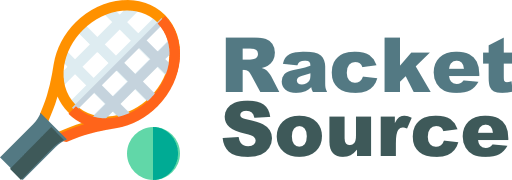Fortunately, foot rolling is a simple and effective way to alleviate foot pain and even pain that extends all the way to the lower back. Best of all, foot rolling is an extremely simple exercise that can be done practically anywhere, making it the ideal exercise for a speedy recovery.
Likewise, does rolling on a tennis ball help?
Tennis balls act like foam rollers and can be useful in relieving lower back pain. Massaging the lower back with tennis balls can help loosen soft tissues, release tension, relieve entrapped nerves, and improve flexibility. Massage therapy for the lower back can help relieve pain and increase blood flow.
In this regard, how long should you roll your feet?
Roll the ball toward the heel slowly, then along the outer arch and across the forefoot, massaging the entire sole. 5. Continue for 30 to 60 seconds. When you reach a tense spot, try pointing and flexing your toes to intensify the massage.
How long should I roll a golf ball under my foot?
While it might sound like a good idea to avoid painful and tender spots on your foot, don’t be afraid to work those areas. Put as much pressure as you can (it might be uncomfortable, but shouldn’t cause sharp pain) for about 10-15 seconds, then roll the ball along!
Are massage balls worth it?
Regardless of whether you’re at home or in the gym, massage balls are a great tool to help work your aches and pains. They are often a lot cheaper than other rehabilitation tools, and they’re a lot easier to store and transport than similar products such as foam rollers.
How does putting a tennis ball under my buttock help?
Lean to one side so that the hip on your sore side is off the ground. Put a tennis ball under your buttock on that side. As you put weight onto the tennis ball, you may find spots that are especially sore. Move gently so that the tennis ball gently massages each of the sore spots.
Do massage roller balls work?
While foam rollers and other massage tools offer effective myofascial release and pain relief, the Massage Roller Ball has them beat when it comes to targeting those hard-to-get spots, such as the bottom of your feet (plantar fascia), your chest, shoulder muscles, glutes, and hamstrings.
